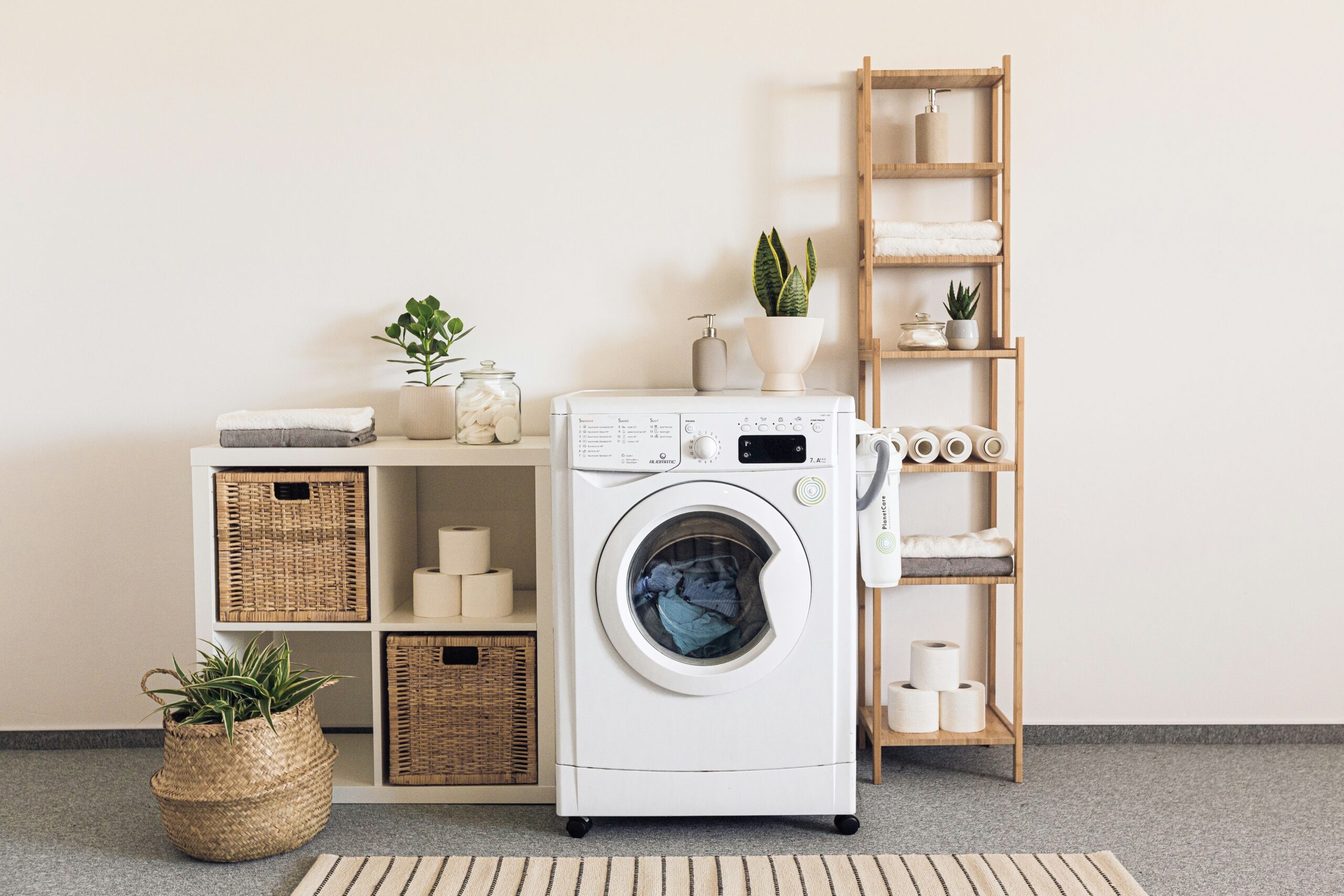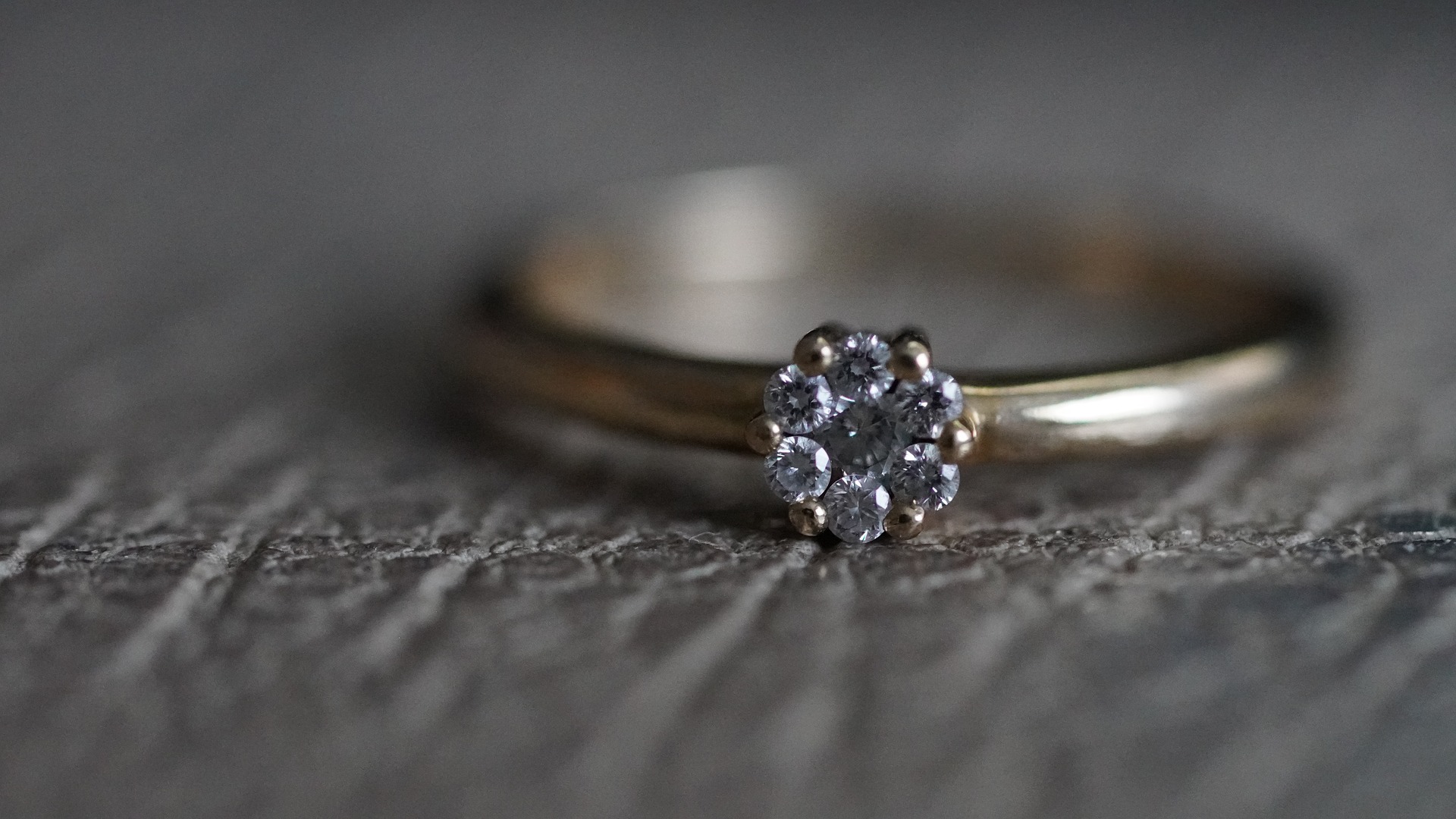Building a bureau, also known as a chest of drawers, can be a rewarding woodworking project that enhances your skills and provides a functional piece of furniture. This guide will take you through the entire process, from selecting materials to assembling and finishing your bureau. Additionally, we’ve included 50 frequently asked questions (FAQs) to address common concerns and provide extra insights.
Planning and Design
Selecting the Right Design
Before you start building, you need to choose a design that fits your space and style preferences. Consider the number of drawers, overall dimensions, and any special features you want, such as decorative trims or handles. Think about how the bureau will be used and what kind of storage needs it will fulfill. You might want a tall, narrow bureau for a small bedroom or a wide, low bureau for a large room.
Creating or Obtaining Plans
Find or create detailed plans for your bureau. Plans should include measurements, a list of materials, and step-by-step instructions. You can find plans in woodworking books, online resources, or create your own if you have experience. Ensure that the plans are clear and detailed, with diagrams showing each step of the process. If you’re new to woodworking, it might be helpful to find a plan that includes photos or video tutorials.
Gathering Materials and Tools
Materials
The quality of your materials will significantly affect the final product. Choose hardwoods like oak, maple, or cherry for durability and a beautiful finish. Softwoods like pine can be used for a more budget-friendly option, though they may not be as durable. You’ll also need plywood for drawer bottoms and the back panel, as well as drawer slides, screws, nails, wood glue, sandpaper, and finishing materials like stain, paint, and varnish.
Tools
Make sure you have all the necessary tools before you start. You’ll need a measuring tape, square, saw (table saw, circular saw, or handsaw), drill and bits, screwdriver, clamps, sanding block or electric sander, and a paintbrush or roller for finishing. It’s also helpful to have a workbench or sturdy surface to work on, as well as protective equipment like safety glasses and hearing protection.
Cutting the Wood
Measuring and Marking
Accurate measurements are crucial to ensure all pieces fit together correctly. Measure and mark all your cuts according to your plans. Use a square to ensure your lines are straight, and double-check your measurements before cutting. It’s often helpful to label each piece after cutting to keep track of which piece is which.
Making the Cuts
Use your saw to cut all the pieces for the frame, sides, top, bottom, and drawers. Make sure to cut slowly and steadily to avoid splintering the wood. If you’re using a power saw, always follow safety precautions. After cutting, check each piece against your plans to ensure it’s the correct size.
Assembling the Frame
Dry Fitting
Before applying any glue, dry fit the pieces to ensure they fit together correctly. This step allows you to make any necessary adjustments without committing to the assembly. Lay out the pieces as they will be assembled and use clamps to hold them in place temporarily.
Gluing and Screwing
Apply wood glue to the joints and use clamps to hold the pieces together. Make sure the joints are tight and the pieces are aligned correctly. Drill pilot holes before inserting screws to prevent the wood from splitting. Drive the screws in securely but be careful not to over-tighten, which can strip the wood.
Building the Drawers
Measuring and Cutting Drawer Pieces
Cut the drawer fronts, backs, sides, and bottoms according to your plans. Ensure the dimensions allow for smooth movement within the frame. The sides and back should be the same height, while the front can be slightly higher for aesthetics. The drawer bottom should fit snugly within the frame created by the sides, front, and back.
Assembling the Drawers
Glue and screw the sides to the front and back pieces, then attach the bottom. Use clamps to hold everything in place as the glue dries. Make sure the drawers are square by measuring the diagonals; they should be equal. If necessary, adjust before the glue sets.
Attaching Drawer Slides
Installing Slides in the Frame
Follow the manufacturer’s instructions to install the drawer slides inside the frame. Ensure they are level and aligned. Drawer slides come in various types, including side-mounted and bottom-mounted. Choose the type that best fits your design and ensure they are installed at the correct height and depth.
Attaching Slides to Drawers
Attach the corresponding slides to the sides of the drawers. Make sure they are positioned correctly to match the slides in the frame. Test the drawers to make sure they slide in and out smoothly. If the drawers stick or don’t move freely, adjust the slides as needed.
Finishing Touches
Sanding
Sand all surfaces of the bureau and drawers to remove rough spots and prepare for finishing. Start with a coarser grit sandpaper and progress to finer grits for a smooth finish. Pay special attention to edges and corners to ensure they are rounded and smooth. Use a sanding block or electric sander for larger surfaces and hand sanders for detailed areas.
Applying Finish
Apply your chosen finish (stain, paint, or varnish) to protect the wood and enhance its appearance. Use a high-quality brush or roller for an even application. If you’re staining, apply the stain evenly and wipe off any excess with a clean cloth. Allow each coat to dry thoroughly before applying the next. For a more durable finish, consider applying multiple coats of varnish or polyurethane.
Assembly and Final Adjustments
Assembling the Bureau
Place the drawers into the frame and make any necessary adjustments to ensure they operate smoothly. Check that the drawers are level and aligned. Adjust the slides if needed to ensure the drawers open and close easily.
Adding Hardware
Attach handles or knobs to the drawer fronts as desired. Ensure they are evenly placed and securely attached. Pre-drill holes for the screws to prevent the wood from splitting. Choose hardware that complements the overall design and finish of the bureau.
Maintenance and Care
Regular Cleaning
Dust the bureau regularly and clean with a wood-safe cleaner to maintain its appearance. Avoid using harsh chemicals that can damage the finish. A microfiber cloth works well for dusting, and a damp cloth with mild soap can be used for cleaning.
Addressing Wear and Tear
Inspect the bureau periodically for any loose screws or damage. Tighten any loose screws and repair any damage to keep the bureau in good condition. If the finish becomes worn or scratched, consider reapplying a fresh coat of varnish or paint.
50 FAQs About Building a Bureau
What type of wood is best for building a bureau? Hardwood like oak, maple, or cherry is durable and attractive. Softwood like pine is more affordable but less durable.
Can I use recycled wood to build a bureau? Yes, recycled wood can add character and sustainability to your project, but ensure it’s in good condition.
Do I need special tools to build a bureau? Basic woodworking tools like a saw, drill, and clamps are necessary. Specialized tools can make the job easier but are not essential.
How do I choose the right finish for my bureau? Consider the desired look and durability. Stains enhance the wood grain, while paint provides a solid color. Varnish adds protection.
Can I build a bureau without a woodworking plan? While possible, having a detailed plan ensures accuracy and reduces mistakes, especially for beginners.
How do I ensure my cuts are accurate? Measure twice, cut once. Use a square to ensure straight lines and a guide for your saw.
What are drawer slides, and why are they important? Drawer slides allow the drawers to move in and out smoothly. They are essential for functionality.
How do I install drawer slides correctly? Follow the manufacturer’s instructions carefully, ensuring they are level and aligned with the frame and drawers.
Can I customize the design of my bureau? Yes, you can customize dimensions, drawer arrangements, and decorative elements to suit your preferences.
What should I do if my drawers don’t fit properly? Check measurements and adjust as needed. Sanding or planing small amounts of wood can help.
How long does it take to build a bureau? It varies based on skill level and complexity, but expect to spend several days to a week.
Can I build a bureau without a table saw? Yes, a circular saw or handsaw can be used, but a table saw provides more precision.
Is it cheaper to build a bureau or buy one? Building can be cheaper if you have the tools and materials, but it requires time and skill.
How do I prevent wood from splitting when screwing pieces together? Drill pilot holes before inserting screws to reduce the risk of splitting.
Can I use nails instead of screws for assembly? Screws provide better holding power and are preferred for structural integrity.
What type of glue should I use for wood joints? Wood glue, such as Titebond, is specifically formulated for strong wood joints.
How do I clamp pieces together effectively? Use enough clamps to apply even pressure across the joint and ensure a tight fit.
Should I stain or paint my bureau before or after assembly? It’s often easier to finish pieces before assembly to ensure even coverage, but touch-ups may be needed after.
How can I add decorative elements to my bureau? Add trim, molding, or carvings for a personalized touch.
What safety precautions should I take while building a bureau? Wear safety glasses, hearing protection, and follow proper tool safety guidelines.
Can I build a bureau with hand tools only? Yes, but it will require more time and effort. Hand tools like saws, chisels, and planes can be used.
How do I make sure my bureau is level? Use a level during assembly and adjust legs or shims as needed.
How can I prevent my bureau from tipping over? Secure it to the wall with brackets if necessary, especially if it’s tall.
What kind of screws should I use for wood construction? Use wood screws that are appropriate for the thickness of the material you are joining.
How do I attach the back panel to the bureau? Use nails or screws to secure the back panel, ensuring it’s square with the frame.
Can I use particle board for my bureau? While possible, particle board is less durable than solid wood or plywood and may not hold up as well.
How do I ensure my drawers are the correct size? Measure the drawer openings carefully and account for the thickness of the slides.
What’s the best way to sand my bureau? Start with a coarser grit sandpaper and progress to finer grits for a smooth finish.
Can I add locks to the drawers? Yes, there are various locking mechanisms available for drawers if security is needed.
How do I fill gaps or imperfections in the wood? Use wood filler or putty, then sand smooth before finishing.
Can I use a pre-made dresser kit instead of building from scratch? Yes, kits are available and can simplify the process, but they offer less customization.
What’s the best way to transport a completed bureau? Disassemble if possible, or protect corners and surfaces with padding during transport.
How do I choose the right handles or knobs for my drawers? Consider the style and finish that complements your design. Ensure they are the correct size for your drawers.
Can I add extra support to the drawers? Yes, reinforcing the bottom with additional wood or using thicker plywood can add strength.
How do I ensure the drawers open and close smoothly? Ensure slides are properly installed and aligned. Lubricate if necessary.
Can I build a bureau without prior woodworking experience? Yes, with careful planning, following detailed instructions, and patience, beginners can successfully build a bureau.
How do I repair a damaged bureau? Assess the damage, replace broken parts, and use wood glue, screws, or wood filler as needed.
What’s the difference between hardwood and softwood? Hardwoods come from deciduous trees and are typically denser and more durable. Softwoods come from coniferous trees and are generally lighter and easier to work with.
How do I protect my bureau from moisture damage? Apply a water-resistant finish and avoid placing the bureau in damp areas.
Can I add casters or wheels to my bureau? Yes, attach casters to the bottom for easy mobility, ensuring they are strong enough to support the weight.
How do I ensure my bureau drawers are aligned? Use a square and level during installation and adjust the slides as necessary.
Can I build a bureau with reclaimed wood? Yes, reclaimed wood can add character and sustainability to your project, but ensure it is clean and sturdy.
How do I apply a smooth finish to my bureau? Sand thoroughly between coats of finish and use a high-quality brush or roller.
Can I use pocket screws for assembly? Yes, pocket screws provide strong joints and can be used for attaching drawer fronts and other components.
How do I ensure the bureau is sturdy? Use quality materials, ensure joints are tight and secure, and reinforce where necessary.
Can I customize the size of my bureau? Yes, adjust the dimensions in your plans to fit your space and needs.
How do I attach decorative molding to my bureau? Use wood glue and small brad nails to secure molding, ensuring it is flush and level.
What’s the best way to finish the inside of the drawers? Sand smooth and apply a light coat of finish, avoiding heavy varnishes that can create a sticky surface.
How do I fix a wobbly bureau? Check for loose screws, reinforce joints, and ensure the legs are even. Use shims if necessary.
Can I build a bureau with only basic hand tools? Yes, but it will require more time and effort. Basic hand tools can achieve good results with patience and precision.
Conclusion
Building a bureau is a rewarding project that enhances both your woodworking skills and your home’s functionality. By carefully selecting materials, following detailed plans, and paying attention to each step, you can create a beautiful and durable piece of furniture.
Regular maintenance will ensure your bureau remains in excellent condition for years to come. Embrace the challenge and enjoy the satisfaction of creating a custom piece that perfectly fits your space and style.



